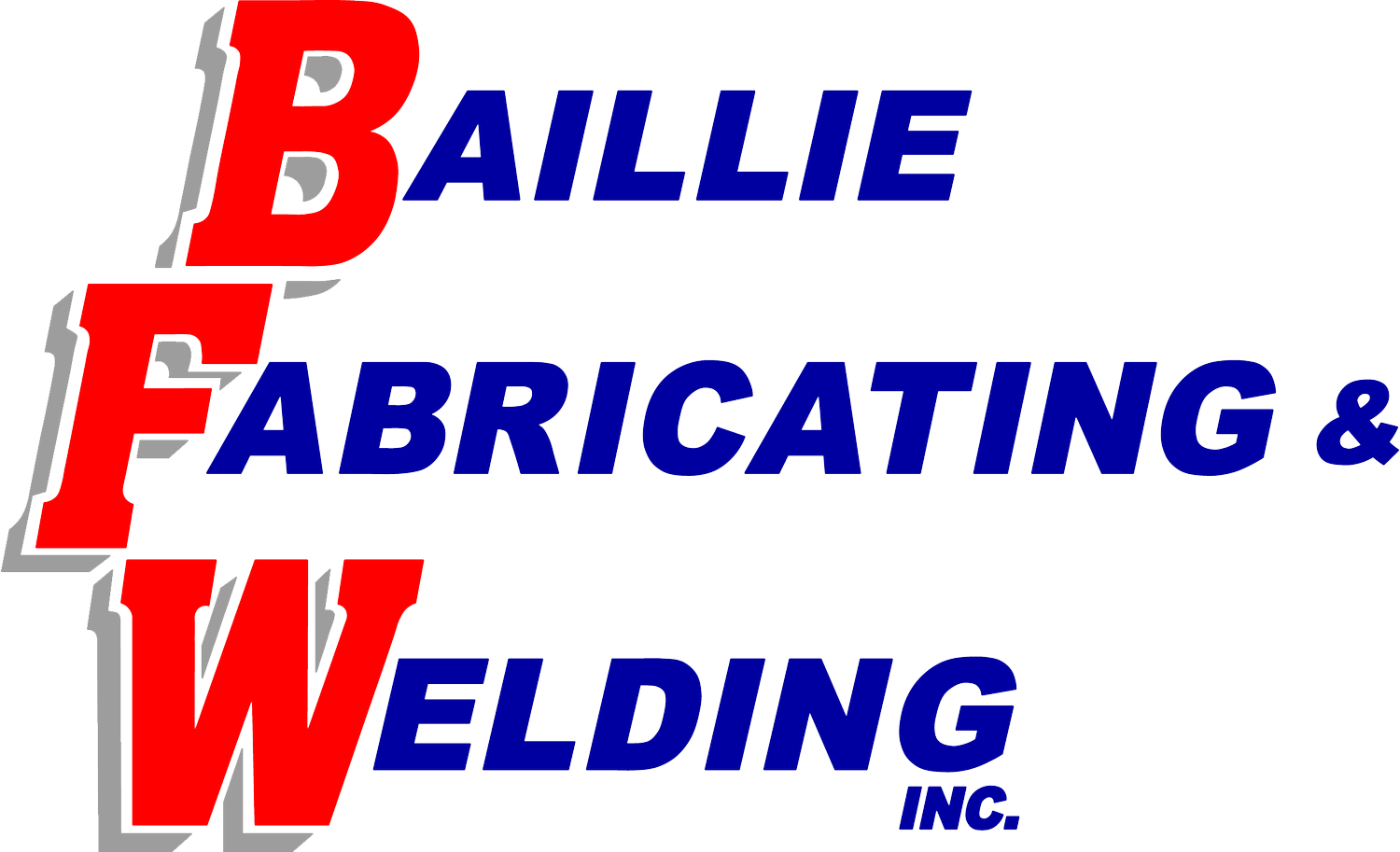4 Costly Design Issues in Sheet Metal Fabrication
When we review customer drawings at Baillie Fabricating and Welding, we sometimes encounter specifications that aren’t just challenging—they’re physically impossible to manufacture. The part that a designer creates in CAD may look perfect, but the reality of sheet metal fab can create limitations that aren’t apparent on a computer screen.
We are always happy to discuss with customers the design choices that may cause their parts to be more expensive (or impossible) to manufacture, but this back-and-forth process often takes up valuable project time. Instead, we want to share 4 features that often create problems in designs we receive and offer advice on best practices to proactively prevent any costly revisions.
1. Generic K-Factors for Precise Parts
K-factor is the ratio of the neutral axis location to the material thickness in a bend. In essence, it determines how the metal will behave when bent. Most designers are familiar with K-factors, but their actual impact on a part is often underestimated.
Many designers default to an industry-standard generic K factor of .44, and some shops employ this number as well in their own fabricating. However, true K-factors vary from shop to shop based on factors such as press brake specifications, die configurations, and more.
Generic K-factors are sufficient for many parts, but designs requiring a high degree of accuracy will need to leverage a specific shop’s true K-factors. We recommend consulting with your fabricator early in the design process to obtain their shop-specific K-factors.
At Baillie Fabricating, we maintain a comprehensive database of K-factors based on years of measurements, ensuring accuracy across all projects. We are always ready to share this information with any customer seeking our metal fabrication services.
Download our shop’s K-factor tables below:
2. Inside Radii That Are Too Tight
One of the most common design issues we encounter is the specification of inside bend radii smaller than the material thickness—a physical impossibility. The material simply cannot bend enough to accommodate such a tight radius. Ultimately, an inside bend radius is determined by a fabricator’s tooling, the material’s properties, and the press brake’s capabilities. As with a K-factor, we recommend discussing these factors with your fabricator before creating your design.
With an impossible bend radius, we’ll often have to re-draw your design with our CAD modeling services, adding time and expense to your project. And if that part is included in a larger assembly, a re-designed part may cause other problems downstream by creating misalignment—which is why it’s always best to confront these issues early in your design process.
3. Non-Standard Material Thickness That Creates CAD Issues
CAD allows users to specify measurements to as many decimal places as they prefer—but this can actually create problems in both design and metal manufacturing. Specifying a material thickness to 5 digits leads to problems—that same number of digits must be inputted throughout the design, often requiring re-drawing on our end.
Instead, designs should rely on industry-standard nominal thicknesses for the materials in their design—for instance, 12-gauge steel is 0.105” thick.
4. Overly Tight Tolerances That Increase Costs
Tight tolerances can significantly impact manufacturing efficiency and cost in a variety of ways. Our recommendation is always to specify the widest acceptable tolerance range for your part’s application.
In particular, it’s important to mark critical dimensions in your drawings. For instance, if only one tight dimension is critical while all others can be held to 60 thousandths, clearly marking this one dimension will simplify your project. More bends mean greater potential for tolerance stack-up, which can ultimately have a significant impact on cost if every dimension is tight.
Consult With Our Metal Fab Shop on Your Design
Early collaboration with your fabricator leads to a more efficient and cost-effective manufacturing process. By reaching out to Baillie Fab during the initial design phase before any decisions are locked in, you can optimize your project for both quality and cost.
Request a quote today from our Pennsylvania metal fabrication shop!

